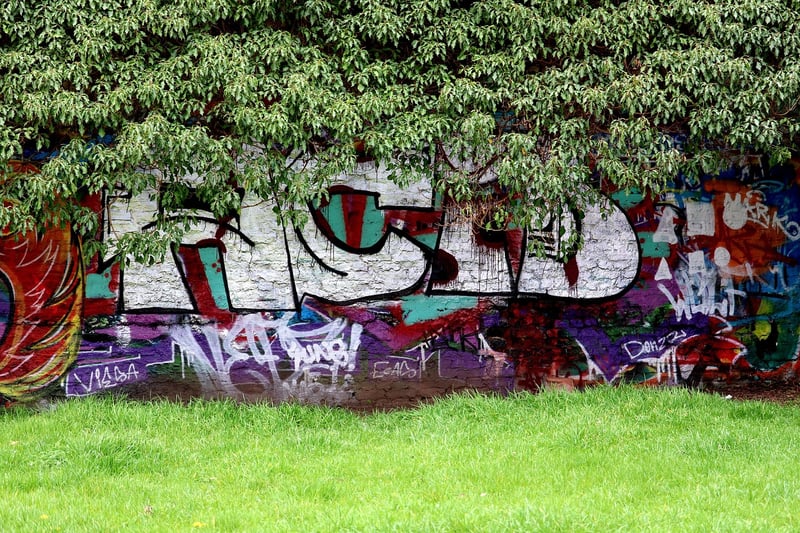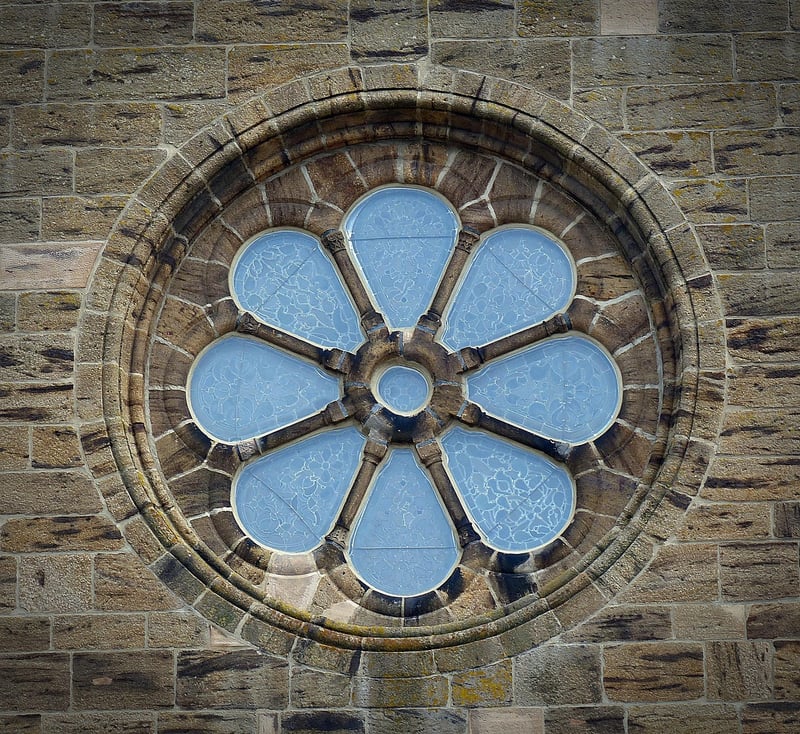Historical Insights
The Art of Collecting: Expert Advice and Historical Insights
Introduction
Welcome to a world where art, history, and expertise collide in the pursuit of collecting. Whether you are a seasoned collector or just starting on your journey, this guide is designed to offer valuable insights and historical context to enhance your collecting experience. Let's delve into the art of collecting with expert advice and historical perspectives.
Expert Advice
Collecting art and historical artifacts requires a keen eye, attention to detail, and a deep understanding of the subject matter. Here are some expert tips to guide you along the way:
- Do Your Research: Before making any purchases, research the artist, historical period, or style of the piece you are interested in. This knowledge will help you make informed decisions and avoid buying inauthentic or misrepresented items.
- Build Relationships: Connect with galleries, dealers, and other collectors to expand your network and gain valuable insights. Building relationships in the art world can lead to unique opportunities and access to exclusive pieces.
- Trust Your Instincts: While expertise is essential, trust your instincts and collect pieces that resonate with you personally. Your collection should reflect your tastes and interests, making it a truly unique and meaningful endeavor.
- Invest Wisely: Collecting can be a significant investment, so it's essential to set a budget, understand market trends, and seek advice from experts or appraisers when needed. Diversifying your collection can also help mitigate risks and enhance its overall value.
Historical Insights
Exploring the historical context of art and artifacts can deepen your appreciation and understanding of your collection. Here are some historical insights to consider:
- Art Movements: Study the various art movements throughout history, such as the Renaissance, Baroque, Impressionism, and Modernism. Understanding these movements can help you identify styles, techniques, and influences in the pieces you collect.
- Cultural Significance: Learn about the cultural significance of different art forms and historical artifacts. Consider how societal norms, beliefs, and events have shaped the creation and interpretation of art over time.
- Provenance: Investigate the provenance of the pieces in your collection to trace their origins and ownership history. Provenance research can uncover fascinating stories and add value to your items.
- Preservation: Take steps to preserve and protect your collection for future generations. Proper storage, handling, and conservation techniques can ensure that your pieces remain in excellent condition and retain their historical integrity.
Conclusion
Collecting art and historical artifacts is a rewarding journey that combines passion, expertise, and historical insights. By following expert advice, delving into historical contexts, and nurturing your collection with care, you can create a meaningful and valuable portfolio of treasures. Embrace the art of collecting and let your passion for art and history guide you on this enriching exploration.

Image Source: Pixabay
